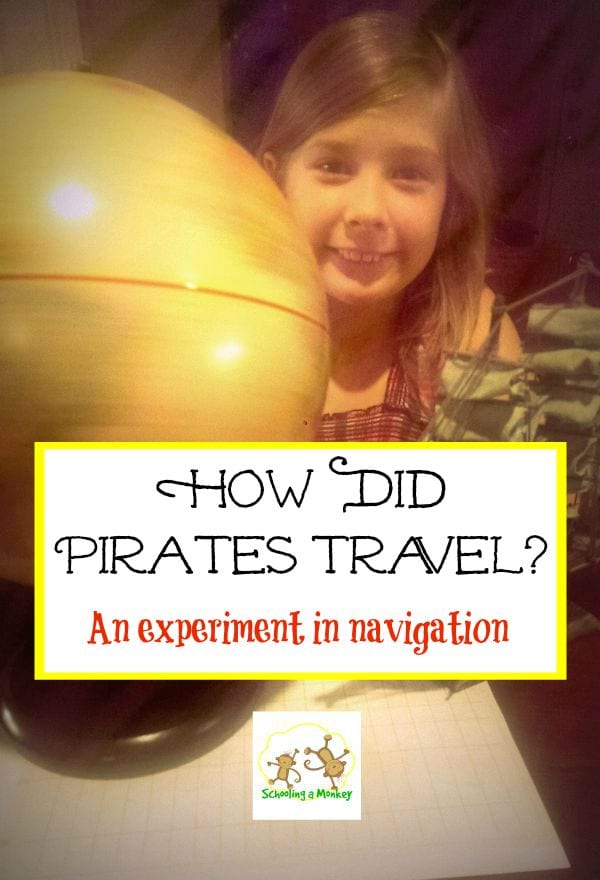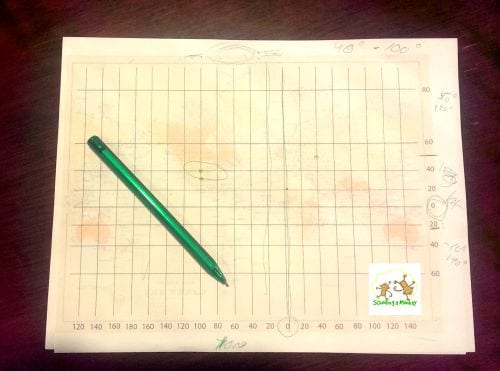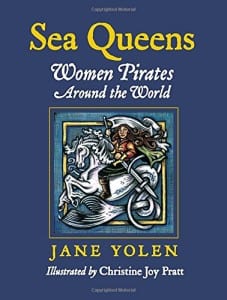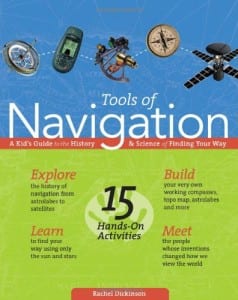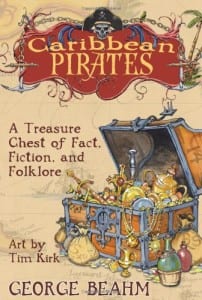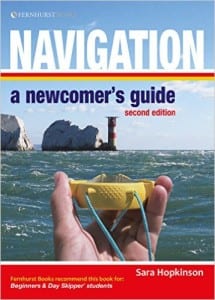With International Talk Like a Pirate Day just around the corner (September 19th), we decided to bring a bit of pirate fun to our classroom this year.
One question my kids wanted to know was, how did pirates navigate? How did the terrors of the sea know where to go to find other ships to plunder and pillage?
Of, course, were were able to answer that question with navigational science and STEM activities!
This activity is one of our favorite technology activities for kids!
How Did Pirates Navigate?
Supplies:
- Map with longitude and latitude lines (we printed off a really old one that looked more “piratey”)
- Compass (if you have one)
- Pen
- Ruler (this makes it easier to plot lines on the map)
- Globe
How Pirates Navigated Lesson Outline
During our search to learn how to read a may and how pirates navigated, we found that pirates used a variety of tools to help them plot their place in the sea. Pirates would have used sea charts, which were primitive maps of the known seas.
Pirates also combined the science of early GPS technology by using the North Star to plot their latitude and a compass to plot longitude. Using a combination of a compass, the horizon, and the stars, pirates and other sailors were able to determine fairly accurately where they were (except they didn’t know about magnetic vs true north at the time, which could throw off their charts by several hundred miles, which is why it was so difficult to explore back in the day).
Pirates may have used a variety of seafaring tools to navigate, including:
- Compass
- Sea charts
- Sextant
- Chip log and sand glass
- Nautical almanacs
- Astrolab (used to measure latitude at sea)
How to Read a Map
For this experiment in learning how did pirates navigate, we learned how to chart specific regions on a map using latitude and longitude.
To explain latitude and longitude, remember that latitude sounds like ladder, and is the lines that look like a ladder horizontally across the map. Longitude measures up and down, much like long electric poles or cell phone towers reach up toward the sky. Latitude is always listed first.
Latitude and longitude are measured in degrees, minutes, and seconds (minutes and second because each degree is divided into 60 parts, then 60 even smaller parts). Above the equator and to the right of the prime meridian are considered positive, and below the equator and to the left of the prime meridian are considered negative.
I had Monkey experiment with finding various spots on the map using just the main degrees, because our map was global.
After we did this a few times, we found the degree listing for the National Capitol, just for fun. We used a calculator we found online to calculate the exact coordinates. We also did this experiment to find the coordinates for Texas, so now if we are ever sailing, we can locate our home state.
So, how did pirates navigate? With a little skill and a whole lot of luck.

